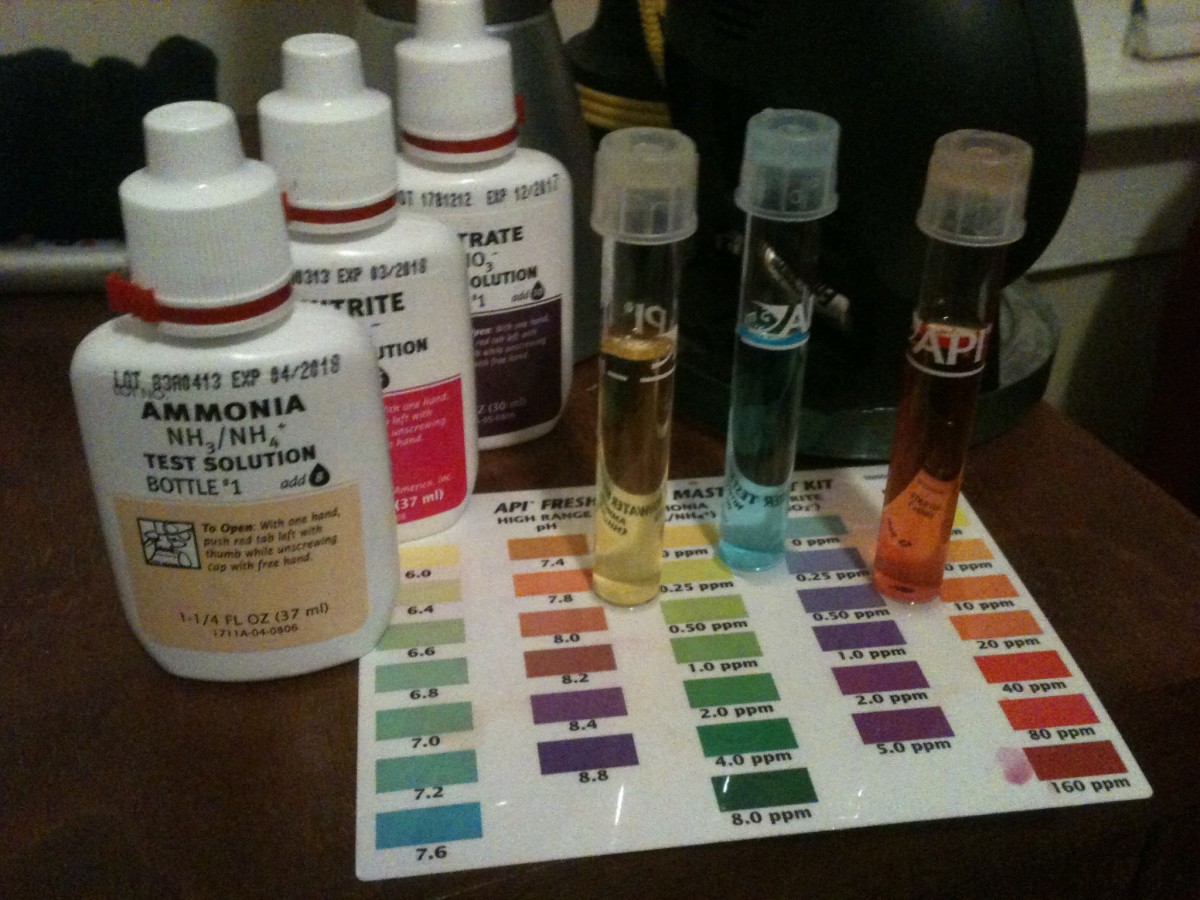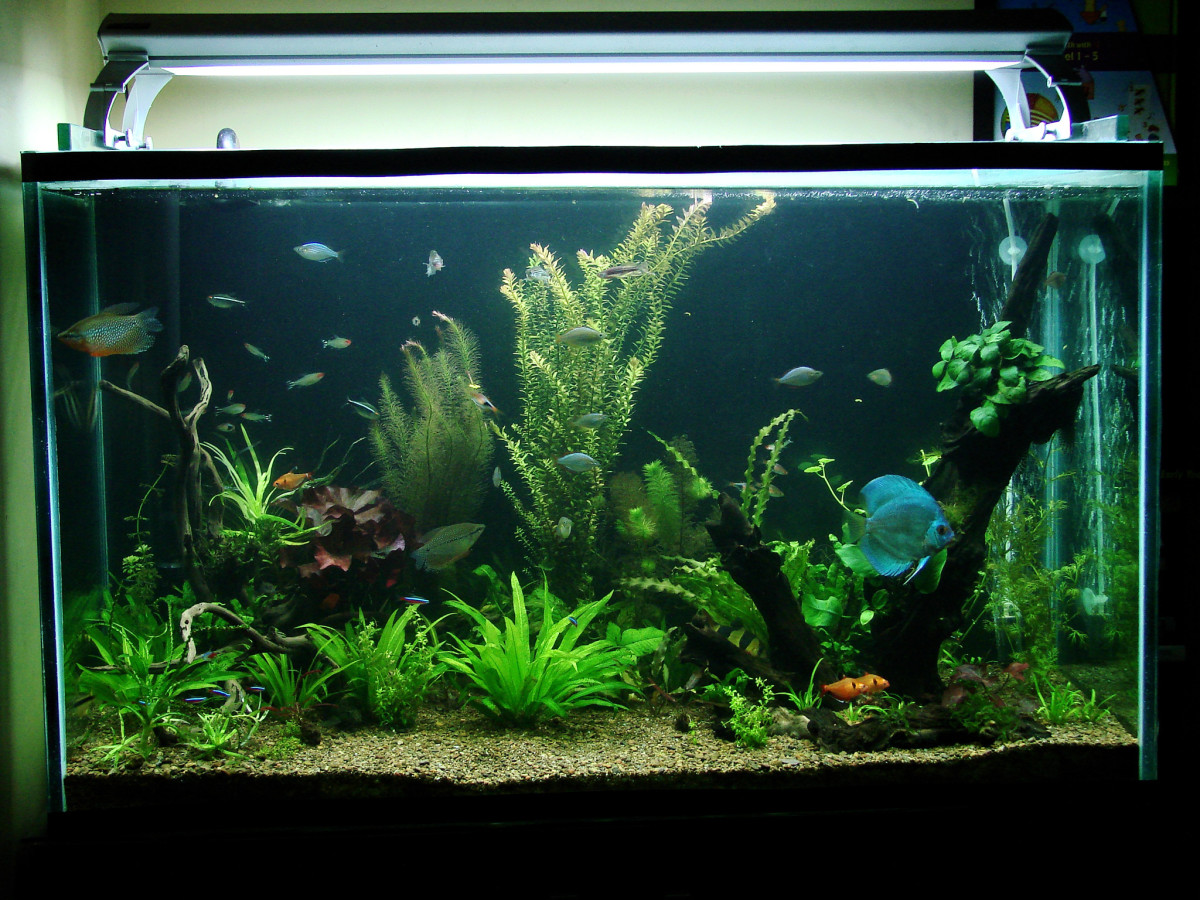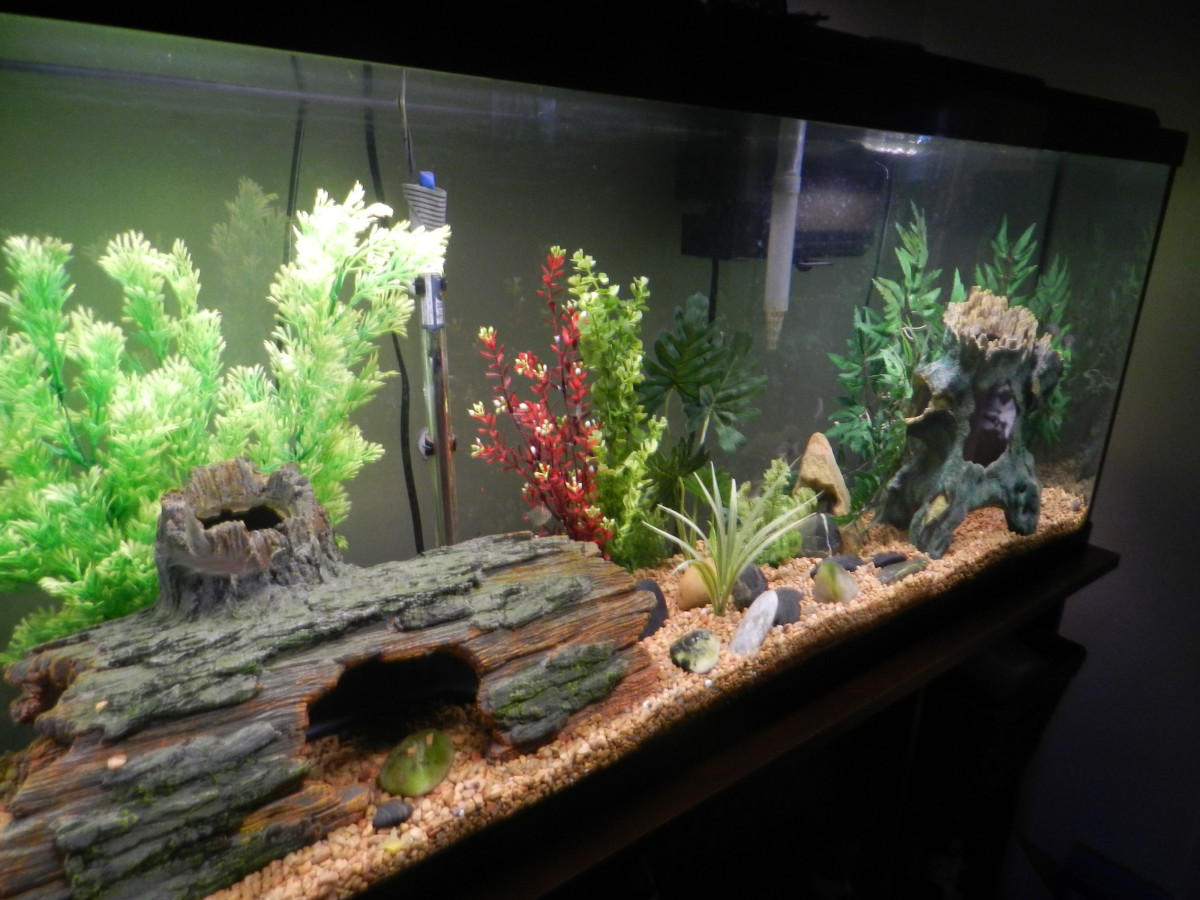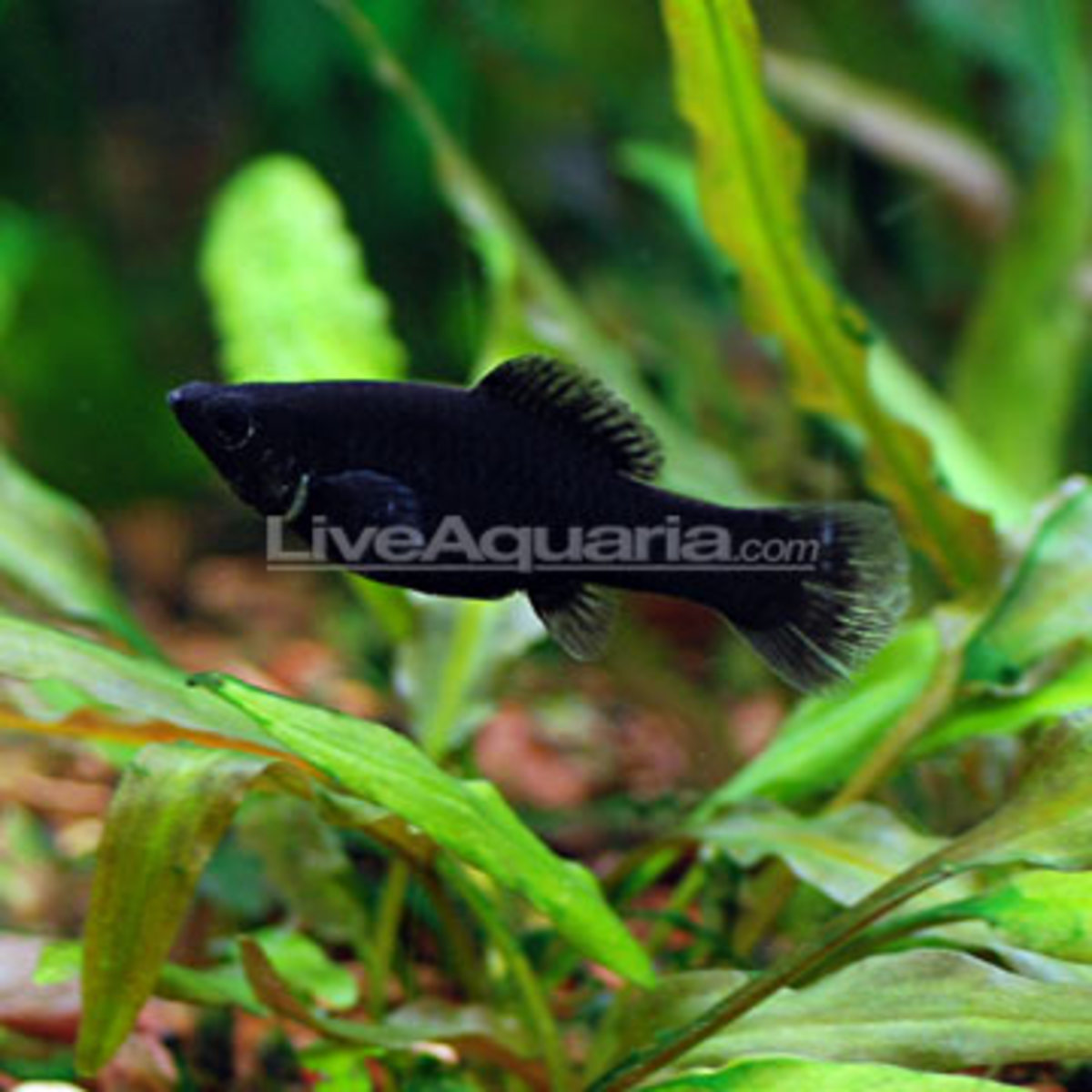Aquarium Water Quality and Conditioning-Getting it right the first time.
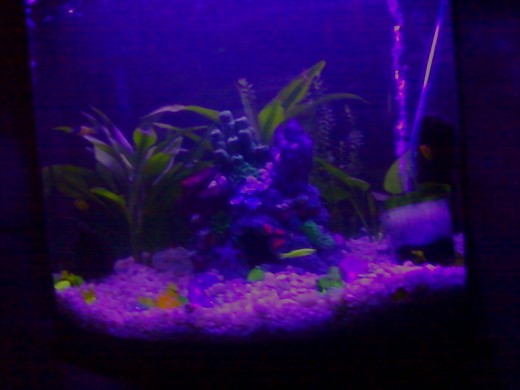
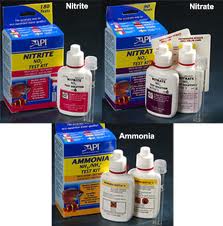
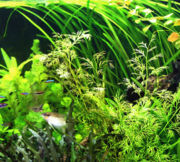
The key to any healthy tropical freshwater, or even saltwater marine aquarium water environment for that matter, is good water quality. And to achieve a good water quality within any enclosed system, it is essential to test the waters frequently. Keeping and maintaining the proper water chemistry within your newly established community aquarium; should be the next most important thing on your mind, even before adding a variety of fish species to your community tank.
Not following these simple and basic steps could be disastrous for any newly added fish to this enclosed environment. So now that you have gone through the initial setup process of putting the new home and equipment, for your fish together, the next few steps may not be that easy for you. The trick is to make sure that you have a schedule layed out with a time, or times during the month you will test your water quality. And in cases where the water quality isn't so great, you may want to test and re-condition the tank water more frequently.
To achieve the highest water quality of any basic community tank setup, is to first establish what is called the nitrogen cycle. The nitrogen cycle is something that does not happen over night, so that's why it is good to let your aquarium, with water, gravel, live plants and even those eye catching trinkets, to settle for at least a month before adding fish.
A biological process has to get started within your gilled friends new home in order for them to maintain optimum health. So just like any biological process, the nitrogen cycle in addition does not occur overnight either particularly in a new aquarium. As mentioned previously it may take as long as six weeks or more to develop. But believe me it will be worth the wait in the end and save you a lot of grief when a few of you fish die prematurely because of not properly prepping the water first.
This all may seem like a very complicated process to the beginning tropical fish enthusiast, but it really is not that difficult to understand, if you have a little basic knowlege about nitrites, nitrates and ammonia. Just think back to your high school,or college days and all of those somewhat boring chemistry and biology classes. Is this beginning to paint a familiar picture in your mind of days almost forgotten?
Well maybe not for everyone, but if you do recall a little bit about the Kreb's cycle and the periodic table of the elements then you may have not been totally asleep in those classes. Well if you don't remember any of that information that's okay too. You really do not have to be a chemistry wiz to understand nitrates, nitrites and ammonia. As you continue to read on further, I will continue explain it in a bit more detail within the article.
Nitrates and ammonia for example basically are the cardinal elements that will eventually condition the water within your newly setup aquarium; until it is of the highest quality. This process can be further explained by good bacteria for starters. There are a few basic bacteria types and the first I'll touch upon is Nitrosomonas. Nitrosomonas-don't get scared off by the long word, is a type of bacteria that converts toxic ammonia within your aquarium to nitrate, a less toxic chemical.
Nitobacter another good bacteria converts ammonia to nitrite. Ammonia build-up, is almost always the result of a constant influx of fecal waste being deposited from you aquarium fish. In addition to fish waste; overfeeding of your tank occupants can also lead up to a toxic level over time and in addition is not healthy for them.
Many people develop a bad habit of feeding their fish two or more times a day. They may appear hungry when you occasionally see them gathering at the surface of your tank, but believe me there really not. And all you will be doing is adding to their quick demise sooner then later. A better habit to get into when feeding your tropicals, is give them one good helping of fish flakes, or similar food in the beginning of the day and that's it. No more and no less!
So to avoid the accumulation of toxic ammonia in your aquarium, you will want to develop a nitrogen cycle well before you add any fish species. The nitrogen cycle process will change any harmful ammonia that may be present to nitrate, over a six week period as previously mentioned.
Remember that nitrate is also less toxic then nitrite, but both at high enough levels can cause undue stress to your fish. And in turn can lead to neurological damage. Adding live plants to your aquarium rather then placing artificial ones in the gravel can be very beneficial. Beneficial in that they not only provide a natural food source, other then fish flakes for your tank occupants. But nitrate in itself can also be a great food source for those plants that you add to your aquarium. This serves to establish yet a more balanced freshwater aquarium environment.
Just to refresh you memory at this point-remember that nitrate is not as bad, or basically is less toxic then nitrite. Ammonia on the other hand is the most toxic compound and nitrite-the second most toxic. I recommend that on your next trip to your local pet shop or aquarium supply store, you pick up a separate ammonia test kit. And in addition to that a good water testing kit as well, that will enable you to detect...nitrites, nitrates, and other elements that will advise you if your water quality is up to par or not. Both of these types of kits can also be purchased online from Amazon, or Ebay for about $25.00.
Always keep in mind that undue stress can affect any fish species within your community tank, if it is 0.75 (PPM), or parts per million. 5 (PPM) is considered to be toxic. Just refer to the chart and directions that will come with the water test kit that you will be purchasing for further information.
We have learned so far that nitrates, nitrites and ammonia, all can be harmful to any fish inhabitant within the aquarium. Nitrate can also pose a potential threat to tropical fish at higher levels. (ie.)...200+(PPM). And in addition-excessive algae growth can be influenced by higher nitrate levels.
So if you thought it was good to have a little algae on your tank glass, then think again. It is not only unsightly and a mess to deal with, but it can also be harmful to your fish in higher concentrations. Possibly a few of your catfish, or sucker fish may like the algae, but do not bet on it that the other species will.
If you have a public water system where you live, or even have well water, nitrates and nitrites will already be present in a given quantity. However with well-water you will have more of a problem with nitrites and nitrates, then you will with a public water system. In reality there is nothing much you can do about the quality of water in your area if you have either of these water systems. This is especially true if you live close to agricultural or farm areas. Here over the years inorganic chemicals in the way of fertilizers and pesticides work their way into the surrounding water table.
The best solution at this time that I can offer you to help overcome; the ever present problem of having nitrites and nitrates develop at higher rates within your community aquarium. Is to always keep at least five gallons of non-distilled bottled water on hand. You will want non-distilled water, because distilled bottled water does still contain some trace elements of nitrate and nitrites within it. For about ninety-nine cents, or less per gallon at walmart, or a similar store, you can't go wrong especially when your pet fish are at stake.
If you already have a problem with high nitrate and nitrite levels in your area, I suggest monthly water changes. Removing at least fifty percent, or even five gallons of water from your established aquarium, each month and adding five fresh gallons of non-distilled bottled water will help alleviate the problem with toxic chemicals, such as nitrites and nitrates. However you must do this religiously in order to keep the levels of toxic chemicals at bay.
When adding your new water, also add a recommended dose of stress coat to the water. Stress coat can be purchased at any pet shop that carries aquarium supplies. Fish can be fussy to sudden water changes, so adding a little stress coat, as well as even a rounded teaspoon of aquarium salts can also help platys and mollies deal with water changes better as well as other fish species that you have added to your aquarium.
Next to nitrites, nitrates and ammonia. PH and water temperature is also equally important components to having a healthy tropical fish community. However these are topics and issues, that can always be discussed during a separate article discussion.
The most important thing to know about water PH in a freshwater aquarium, is to keep it at between (7.2 and 7.8). As far as water temperature goes-most fish prefer temperatures between (72 to 78 degrees fahrenheit). Platy's, molies and danios for example can tolerate it a little lower, as can goldfish and guppies, if you enjoy raising these fish species. Angelfish on the other hand can be quite particular and like their water a bit more balmy at about 82 to 84 degrees.
Always keep in mind while tending to the needs of your aquarium pets, is that water quality is nothing to take lightly. And if it isn't properly balanced and conditioned, as well as void of harmful toxic substances as previously touched upon. Then just try to remember, that the newly added aquarium occupants, will undoubtedly suffer the consequences of a tank with poor water quality.
The fish within your established community home aquarium cannot simply tell you that the water conditions within the tank are not suitable for them. Normally most fish species which inhabit the Amazon river basin for example, or other areas of south america; where they are found in brackish waters-(A combination of salt and fresh waters), can up and swim off to more suitable waters, if for some reason or another, the water quality of the waters in an area of the amazon river basin for example suddenly becomes contaminated, or less desirable to them.
Continually keep in mind that your aquarium occupants; are within a closed system and it is up to you to test the waters frequently that they swim in. Look at it from this viewpoint-your pet aquarium fish, just like your pet dog or cat; needs some of that tender lovin care too. And if your careful and provide the care they need-they in turn will provide many months and hopefully years of beauty and relaxation for you, your family and even occasional visitors. Fish are truly your friends and their natural enemy is poor water quality-so get it right the first time!


